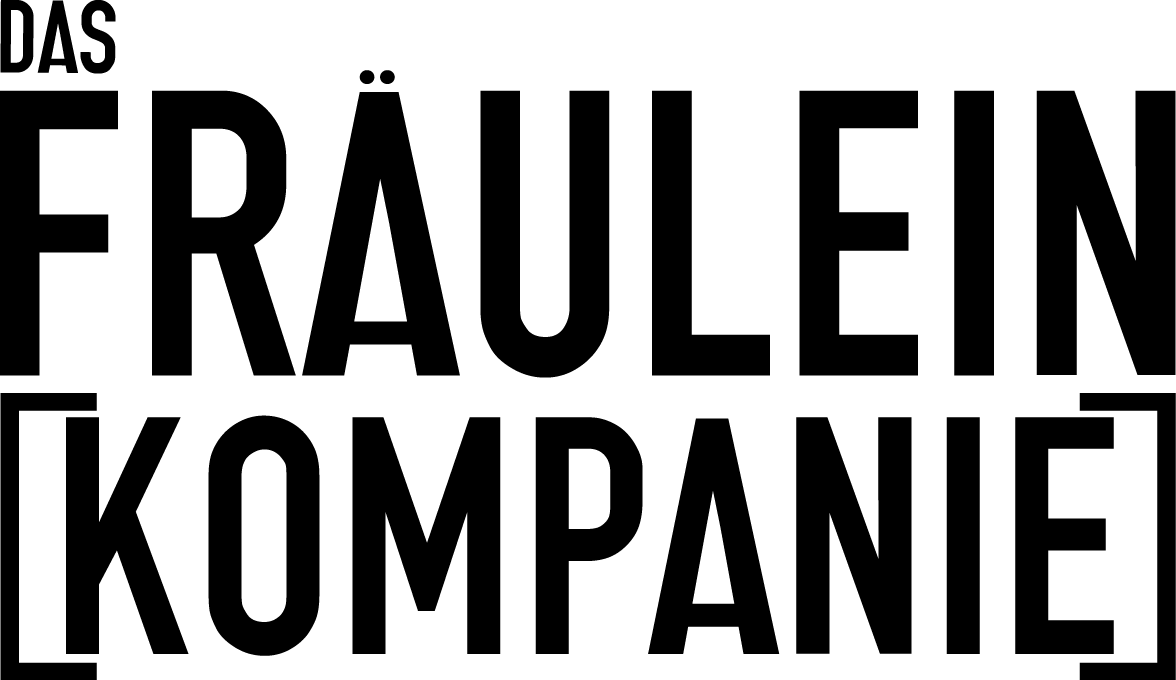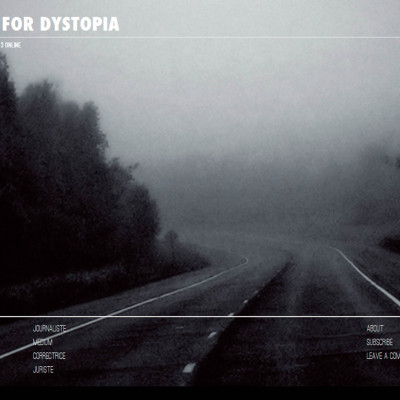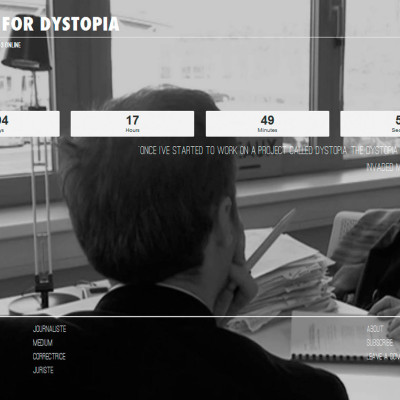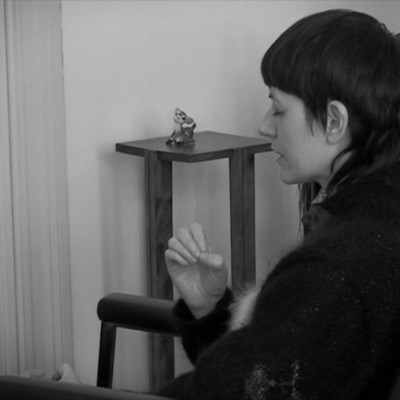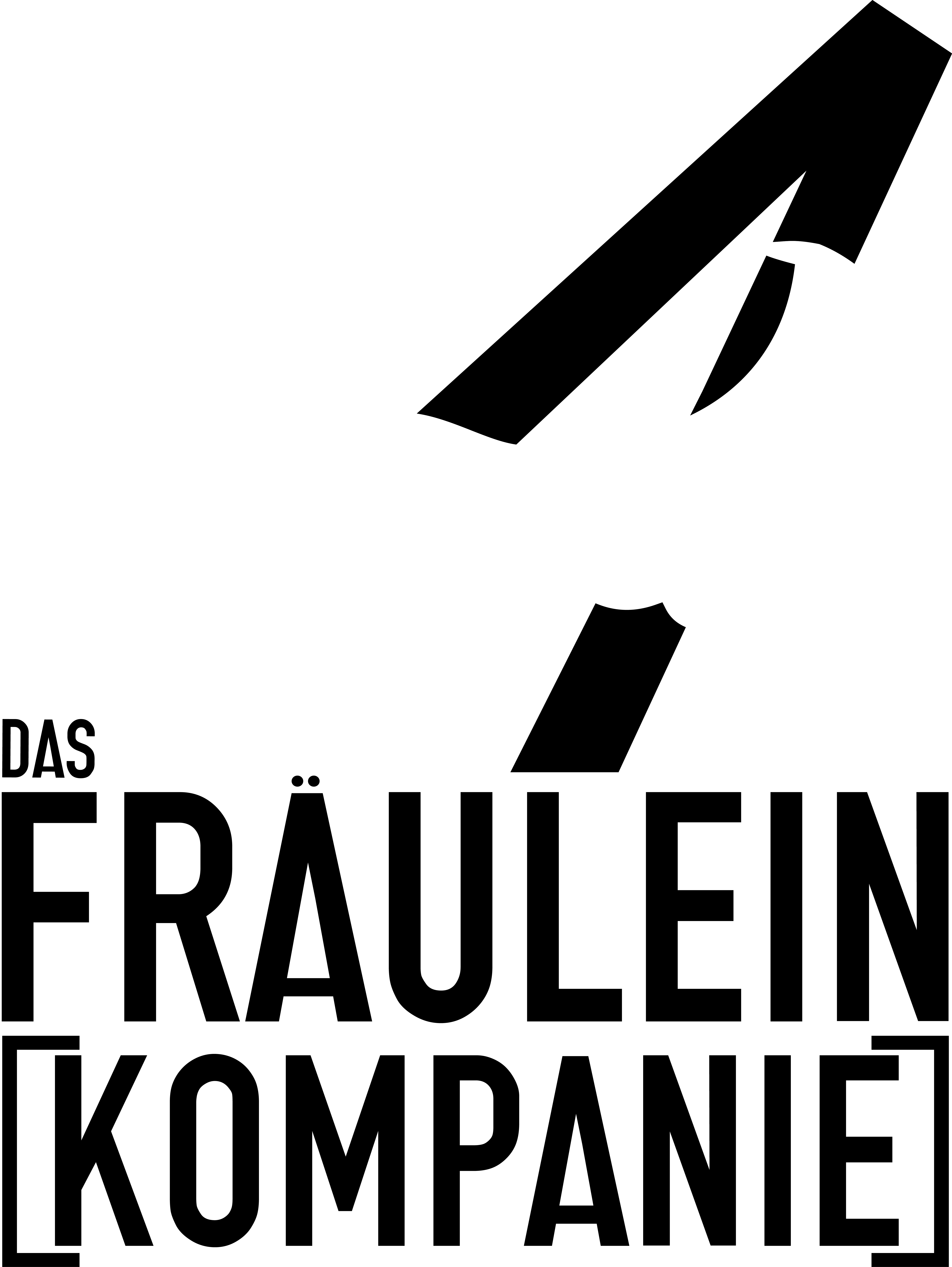Artistic Direction
Anne-Cécile Vandalem
Administration & Finances
Lila Pérès – lila@dasfrauleinkompanie.com
+32 484 14 55 21
Production
Daria Bubalo – daria@dasfrauleinkompanie.com
+32 488 84 58 82
Tour Management – Communication & Distribution
Jill De Muelenaere – jill@dasfrauleinkompanie.com
+32 485 24 89 09
Technical direction
Damien Arrii – damien@dasfrauleinkompanie.com
+32 486 28 71 50
Press
Plan Bey Agency
Dorothée Duplan, Camille Pierrepont & Fiona Defolny
assisted by Louise Dubreil
bienvenue@planbey.com
+33 1 48 06 52 27
Head office
Rue de la Tulipe, 67
1050 Brussels – Belgium
Operational Site
Le Bocal
Rue Van Eyck, 11 B
1050 Brussels – Belgium
contact us
follow Das Fräulein Kompanie on facebook 
follow Das Fräulein Kompanie on Instagram
With the support of Fédération Wallonie-Bruxelles – Theater department
The website was created thanks to Bruxelles Invest / export
Tags: anne, cécile, contact, das fraulein, kompanie, vandalem
A small, isolated village somewhere in the middle of Europe on a rainy and gloomy autumn evening. It’s been raining frequently; in fact, unceasingly, for months. Alda Ackermann, who manages the »Old Continent« hotel with her husband René, runs over a boy on her way back from a meeting with the village headman – and to top it all, she’s steaming drunk thanks to all the booze served at the meeting. The boy is on the run and just wants to get out of there as quickly as possible. But he is injured and cannot be taken to hospital without Alda being busted. So he is treated in the village and hidden in the hotel. Soon the other villagers grow curious and suspicious; resentments, erotic longings, demands and revenge fantasies are all directed at the stranger who becomes embroiled in a variety of conflicting interests and asks himself many questions about the village: Why are there no children living there? By which rules do the few inhabitants co-exist? Why are they all so strangely wary? He begins to suspect that there is a dark secret.
DIE ANDEREN is a creation produced by Schaubühne am Lehniner Platz performed by the Ensemble.
Tags: anne-cécile, das frauleinVIDEO INSTALLATION
In STILL TOO SAD TO TELL YOU, ten screens invite you to an intimate experience where tears, as they are put on display, also beg to be collected. Faces may become stages and landscapes depending on whether your vision blurs, a tear forms, you break into tears or sob, you cry a river or a torrent, you wipe or share your tears, in silence, in gasps, in deep sighs, loud, short or long cries interspersed with words, whole or truncated, whether you suffocate or drown…
STILL TOO SAD TO TELL YOU is directly inspired by I am too sad to tell you (video self-portrait by artist Bas Jan Ader). As she pays homage to this almost five decades old motif, Anne-Cécile Vandalem takes it up in order to better displace the gaze and multiply the angles of approach. She proposes an immersive installation made up of several portraits—women, men and children, some actors, some not, famous or unknown—so many faces offered and tears shed—in order to question the anthropological (temporal, social and cultural) but also the plastic dimensions of the topic at hand: the pleasure of tears and their representation.
STILL TOO SAD TO TELL YOU is the counterpoint to SADNESSES, Das Fräulein (Kompanie)’s next production.
This small-scale installation locates the topic on a strictly individual level and unveils the aesthetic power of solitary lachrymal manifestations; in turn, SADNESSES explores this theme in a public setting in the middle of a community. In the former, the language of tears—a language that enacts the powerlessness of words and stipulates the difficulty of action—yields a semiology of sadness. In the latter, the artist exposes daily sadnesses precisely when language is tantamount to a weapon; explores the power relations at stake, but also the active transformational power of emotions.
Tags: 2015, das fraulein, festival, kompanie, march, national, still to sad too tell you, théatre, xsDIGITAL PROJECT
In 2013, while UTOPIA is created in a theatre and Anne-Cécile Vandalem completes the first conception phase of DYSTOPIA project, an
unexpected event occurs, the ground rises, the walls tear apart and DYSTOPIA project collapses.
The sudden disappearance of DYSTOPIA leaves a void for which the artist works to find meaning.
Quickly one hypothesis seizes her : what if this void is the result of the tabula rasa treated in UTOPIA? Has the fiction joined the reality,
exceeding it with grandiose?
And Anne-Cécile is pushing further the hypothesis: what if the disappearance of DYSTOPIA and the effectiveness of the tabula rasa were the proof of dystopia’s realisation?
Anne-Cécile Vandalem will entrust the story’s elements in the analysis of several specialists in their fields (medium, sports analyst, engineer
astronomer, commercial engineer, lawyer, police officer, linguistic reviser) so that they put to the test her hypothesis: the incarnation of her subject in the reality and the completion of dystopia.
In the manner of Don Quixote by Orson Welles and Terry Gilliam, of Clouzot’s Inferno or more contemporary of Virus by Lars Von Trier, Looking for DYSTOPIA places the artist in the context of
powerlessness over the future of her creation : facing the undeniable autonomy of any artistic work and the inability to predict how it will
incarnate.
Based on the principle of self-fiction, the artist turns the contingencies attached to reality to reconfigure the story of an unfinished work and to
leverage its potential endings with malice.
Let’s recall that this process occurs just after the Trilogy of parenthesis, whose role is to circumscribe, in three shows, how people resort to
fiction to transcend reality.
A process that if one wanted to believe it was not premeditated ends in a final twist.
Tags: after the walls, das fraulein, dystopia, kompanie, looking for dystopiaReinventing the opposite of the world
Held prisoner in the basement of her home for twenty-six years, a young girl tells the tale of her imprisonment, the story of an escape.
Michel Dupont is a fable told through sound. In a room that’s plunged in darkness, the audience is invited to sit down on a cushion, inside a circle marked out by eight walls, opposite a miniature house enthroned in the middle. The room is slowly plunged into complete darkness, and the audience is taken right to the heart of the story. Combining the heritage of the folk tale and the testimonies of contemporary news stories, the play develops a theme that is dear to the author’s heart from a new perspective: the absolutely essential, vital strength of the imagination in a situation of prohibition and imprisonment.
And so we are invited into captivating sensory world, where each individual’s imagination will take its place at a crossroads: a physical, visual, sonorous, collective and intimate experience. Carved on to a tale told on- and off-stage, offering different levels of narration and an array of sound textures, under lighting that oscillates between dreaming and wakefulness, Michel Dupont guides us and loses us at the heart of a kingdom in which we must find meaning.
“No, black is not black. In a matter of minutes, the eyes get used to the dark, notices shadows, nuances, and the other senses sharpen. Like your hearing, which changes your perception of the tale. There are many people who, at 11 o’clock, come to experience “Michel Dupont, réinventer le contraire du monde”, her new work, performed at La Manufacture, the hub of Avignon’s Off festival. And word of mouth – inevitably – works wonders. Every day, there are a few more people who come and lie down in the dark, in a circle, around the tower, and let themselves be captivated by a story told through sound. (…) Here again, with finesse and relevance “Michel Dupont” explores the themes that are so dear to the author: imprisonment and the vital force of the imagination in this type of situation. Here is a tale told by the Das Fräulein company, which could have been called “I, Michel Dupont, resilient.” And it haunts us.“
La libre, Laurence Bertels, July 2012.
Habituation is a psychological phenomenon involving a gradual reduction in the intensity or frequency of appearance of a response to the repeated or extended presentation of the stimulus that triggers it.
The allegory of the frog is often used to define this concept: if you plunge a frog into boiling water, it jumps out straight away. However, if you plunge it into cold water, which is then gradually brought to the boil, it is less vigilant, and so becomes numb and then boils and dies.
In a suburban home, in an adjoining kitchen and living room, lives the Sennes family, folded in on itself. Alain, the father, cuts and packs smoked salmon in his own home, for a Norwegian company. The mother, Claudia, is a secretary for an insurance company, clinging to the clearly defined framework of a reality made up of contracts and risk assessment. Yvonne, the aunt, is a bus driver and spends her time going round and round town. Stagnating in this lethal inertia, young Anni carries round her goldfish bowl, and tries to make sure she doesn’t move it too violently while her family encourages her to feed a dream: one day they’ll go to Norway to visit Dad’s company! On her seventh birthday, Anni decides to take matters into her own hands, determined not to give anyone any choices. Thanks to a radio auction, she disposes of her family’s very existence. Everything changes.
In a long, gradual movement, nature invades the house. Creepers climb along the walls, ferns take over the furniture, grass covers the living room floor. Soon, water starts coming into the kitchen. Nature takes over, and the family fights to survive, against a movement initiated by the child. The aesthetics move towards the imaginary. Words give way to signals. A mutation is underway: humans are becoming fish, an important recurrent motif of the story. The circular movement, the line shared by the trajectories of the different characters, is broken. In this new world, nothing goes round in circles.
“Exploring these moments when time dilates, speeds up, distorts, just before death, the director creates a stiflingly bleak performance that cries out for you to open the doors and windows, to take a risk and get out of the everyday grind. Magnificently supported by excellent actors, Anne-Cécile Vandalem makes the house a real partner, using all the resources of technology and machinery to stop her own theatre from going round in circles. An astonishing work of visuals, sound and technique, for an unclassifiable play that shakes you up, like the final wind that carries everything away in its wake.”
Jean-Marie Wynants, Le Soir, 2010.
